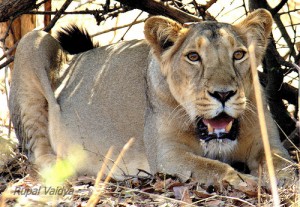 When Sasan Gir National Park in Gujarat the last bastion of the Asiatic Lion was first recognized as a protected reserve in the 70s it was impertinent that the homes of the pastoral community living within the forest be shifted. Many such villages were thus moved further away from the core area. Over the years, the gradual increase in lion population proved that the decision to minimize human interference, helped protect a rare species. But now, some experts say that as the lions number increase, once again competing population of livestock and wild ungulates in and around Gir is overcrowding the area.
When Sasan Gir National Park in Gujarat the last bastion of the Asiatic Lion was first recognized as a protected reserve in the 70s it was impertinent that the homes of the pastoral community living within the forest be shifted. Many such villages were thus moved further away from the core area. Over the years, the gradual increase in lion population proved that the decision to minimize human interference, helped protect a rare species. But now, some experts say that as the lions number increase, once again competing population of livestock and wild ungulates in and around Gir is overcrowding the area.
For a healthy population of lions, an equally healthy population of their prey species like deers and sambhars is required. In 1970s when the Lion population of Gir was shockingly low, it was found by an international study that the wild prey population too was very low. Comparatively, at that time the livestock population of Gir was 21000.
After the maldharis, the traditional pastoral community were moved, the prey population of chital, sambar, nilgai, wild boar, four-horned antelope, langur and chinkara increased dramatically and their total population now stands at nearly 70,000.
But it seems that once again the number of domesticated herbivores like cattle and sheep has begun to increase in Gir, resulting in the same competition for fodder among the herbivores.
“Livestock population has reached the 1970 levels again, and there is increasing competition between domestic and wild herbivores, leading to degradation of patches in the forest area and more cases of carnivores (the Gir region hosts Asiatic lions, leopards and hyenas) attacking the maldharis’ livestock,” said a veteran forest department official, adding the central government has been apprised of the situation.
But relocating a village is always a challenge. Apart from the resistance to such a plan, there is also the huge financial cost that has to be considered.
“On top of the list is the financial costs that will be required to move and resettle thousands of humans and tens of thousands of animals,” said another senior official involved in the discussions.
The maldharis will need a new area to settle down, and an amount will also be needed to be distributed among them as a rehabilitation package.
The third challenge is from the government itself that may not fully support such a move.
Prey and Predator
In the study conducted by Bombay Natural History Society, Smithsonian Institution and Yale University called the “The Gir Lion Project” in 1970, it was found that,
‘About 21,000 domestic livestock graze within the (Gir) sanctuary and this number gets doubled or trebled during the dry season. The research noted there was “very low ungulate biomass due to heavy grazing and browsing by domestic livestock” and lions fed “almost exclusively” on maldharis’ livestock in the absence of their natural prey.’
The number of lions during that time had fallen to just 177. Maldhari families were shifted between 1970 and 1985 and a rubber wall built to keep the livestock away from the forest. Wild herbivores were also bred to increase their population.
Today there are more than 400 lions in Gir, and the population is steadily growing. If the livestock problem elevates, it may invariably lead to human-animal conflict when the lions seize the defenceless cattle.
To protect the sanctuary and also the maldhari community, the population dynamics have to be again noted and changes made accordingly.
More Related stories,
Asiatic Lions no more Critically endangered
Tips for an Eco-conscious traveler by IUCN


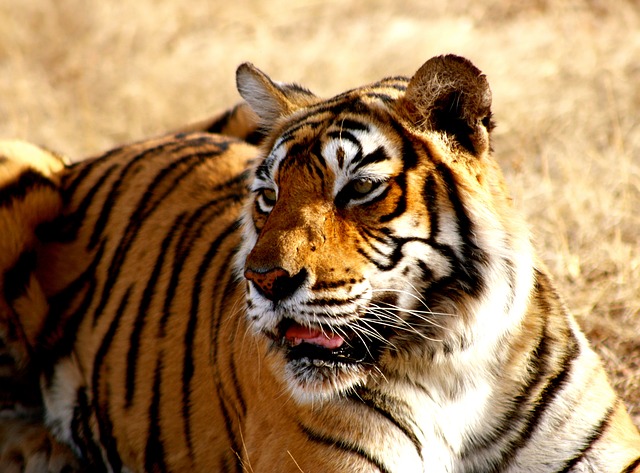
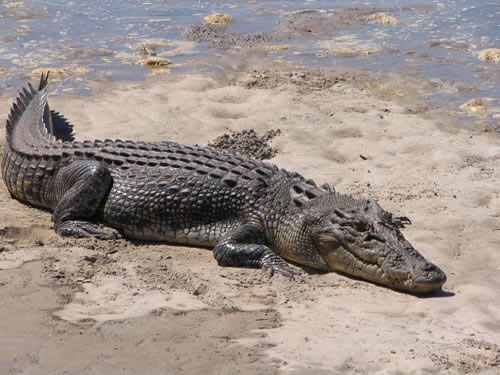
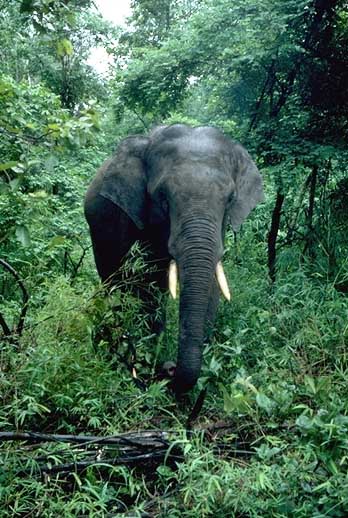
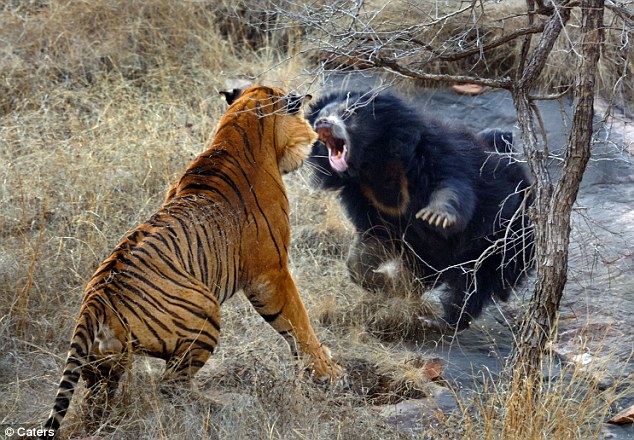
2 thoughts on “Rise in Livestock Numbers Once again a Problem at Gir”